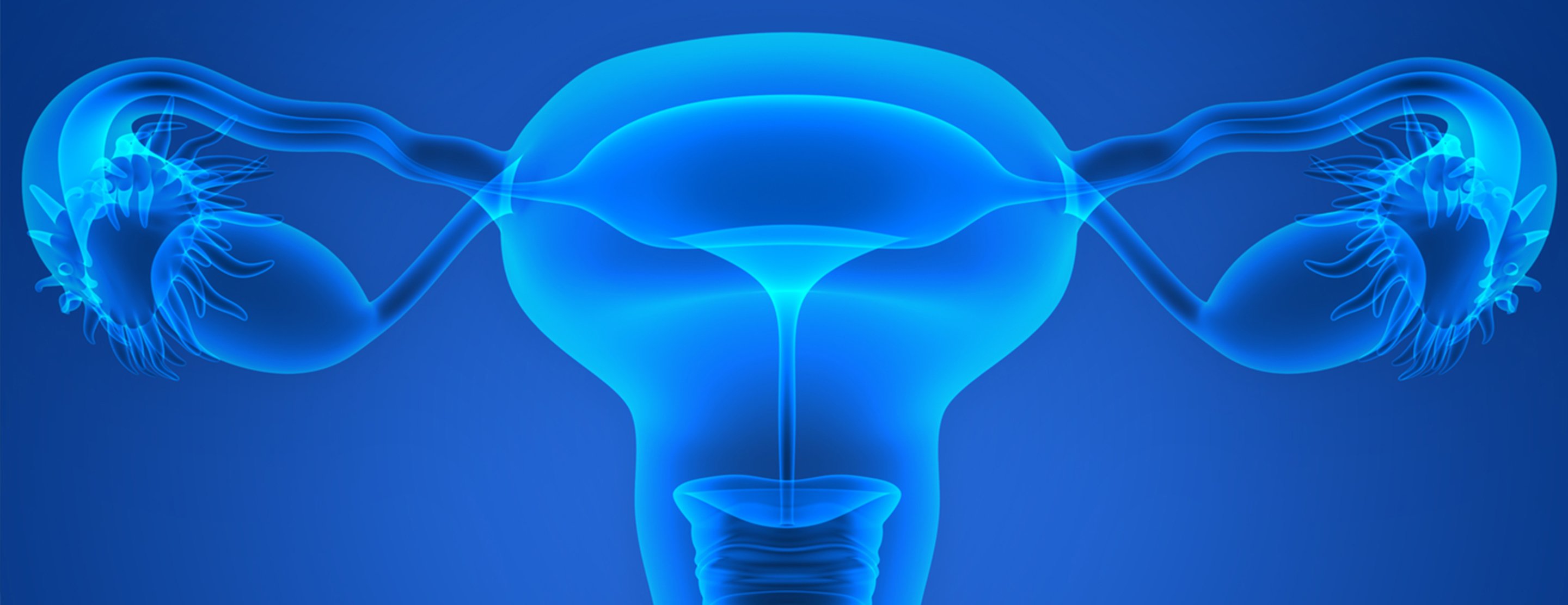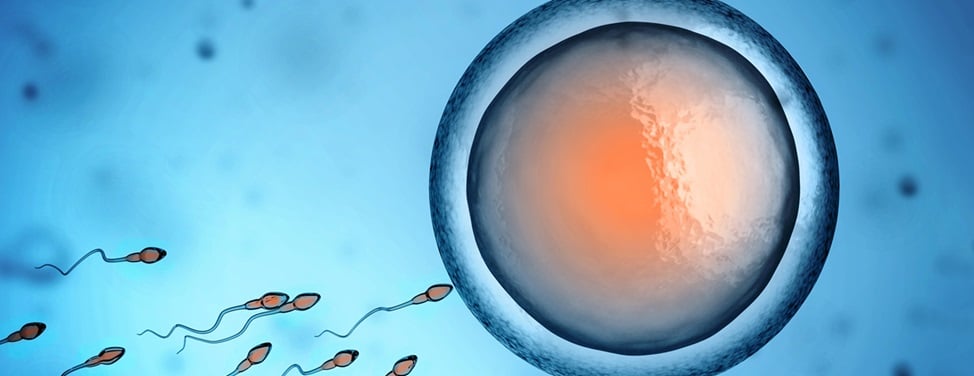
The Menstrual Cycle
The female reproductive system is a wonderfully complex system involving continuous communication between the brain centers and the ovary. Hormones secreted by the hypothalamus, the pituitary and the ovary are the messengers that regulate the monthly cycle.
The hypothalamus and the pituitary
The hypothalamus is located centrally in the brain and communicates by way of an exchange of blood with the pituitary gland. Several neuroendocrine agents, or hormones, are produced by the hypothalamus. The most important hormone for reproduction is called gonadotropin releasing hormone, better known as GnRH. It is released in a rhythmic fashion every 60 to 120 minutes.
GnRH stimulates the pituitary gland to produce follicle stimulating hormone (FSH), the hormone responsible for starting follicle (egg) development and causing the level of estrogen, the primary female hormone, to rise. Leutinizing hormone (LH), the other reproductive pituitary hormone, aids in egg maturation and provides the hormonal trigger to cause ovulation and the release of eggs from the ovary.
The ovary
The main function of the ovaries is the production of eggs and hormones. At birth, the ovaries contain several million immature eggs. No new eggs will be developed. These eggs are constantly undergoing a process of development and loss. Most will die without reaching maturity. This process of egg loss occurs at all times, including before birth, before puberty and while on birth control pills. The ovary undergoes a constant process of egg depletion throughout its lifetime.
As the levels of FSH and LH in the blood increase with puberty, the eggs begin to mature and a collection of fluid — the follicle — begins to develop around each one.
The first day of menses is identified as cycle day one. Estrogen is at a low point. Therefore, the pituitary secretes FSH and LH, a process which actually begins before the onset of your menses. These hormones in turn stimulate the growth of several ovarian follicles, each containing one egg. The number of follicles in the monthly "cohort" of developing follicles is unique to each individual. One follicle will soon begin to grow faster than others. This is called the dominant follicle.
As the follicle grows, blood levels of estrogen rise significantly by cycle day seven. This increase in estrogen begins to inhibit the secretion of FSH. The fall in FSH allows smaller follicles to die off. They are, in effect, "starved" of FSH.
Ovulation
When the level of estrogen is sufficiently high, it produces a sudden release of LH, usually around day thirteen of the cycle. This LH peak triggers a complex set of events within the follicles that result in the final maturation of the egg and follicular collapse with egg extrusion. Ovulation takes place 28 to 36 hours after the onset of the LH surge and 10 to 12 hours after LH reaches its peak.
The cells in the ovarian follicle that are left behind after ovulation undergo a transformation and become the corpus luteum. In addition to estrogen, they now produce high amounts of progesterone to prepare the lining of the uterus for implantation.
The luteal phase
The luteal phase, or second half of the menstrual cycle, begins with ovulation and lasts approximately 14 days — typically 12 to 15 days.
During this period, changes occur that will support the fertilized egg, which is called an embryo, should pregnancy result. The hormone responsible for these changes is progesterone, which is manufactured by the corpus luteum. Under the influence of progesterone, the uterus begins to create a highly vascularized bed for a fertilized egg.
If a pregnancy occurs, the corpus luteum produces progesterone until about 10 weeks gestation. Otherwise, if no embryo implants, the circulating levels of hormone decline with the degeneration of the corpus luteum and the shedding of the lining of the uterus (endometrium), leading to bleeding.
The uterus
The lining of the uterus, or endometrium, prepares each month for the implantation of an embryo. This preparation occurs under the influence of estrogen and progesterone from the ovary. If no pregnancy develops, the endometrium is shed as a menstrual period, about fourteen days after ovulation.
UCSF Health medical specialists have reviewed this information. It is for educational purposes only and is not intended to replace the advice of your doctor or other health care provider. We encourage you to discuss any questions or concerns you may have with your provider.











